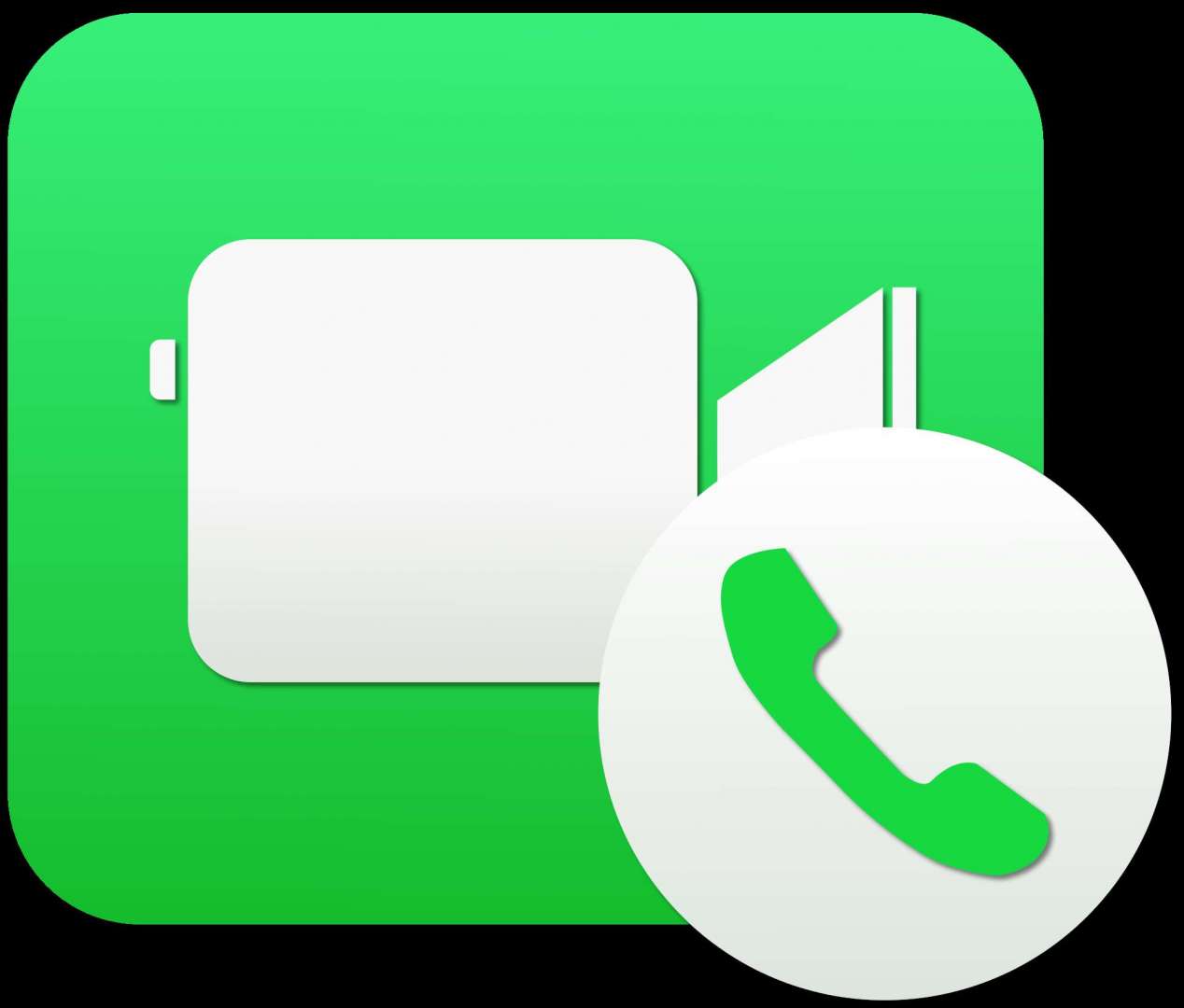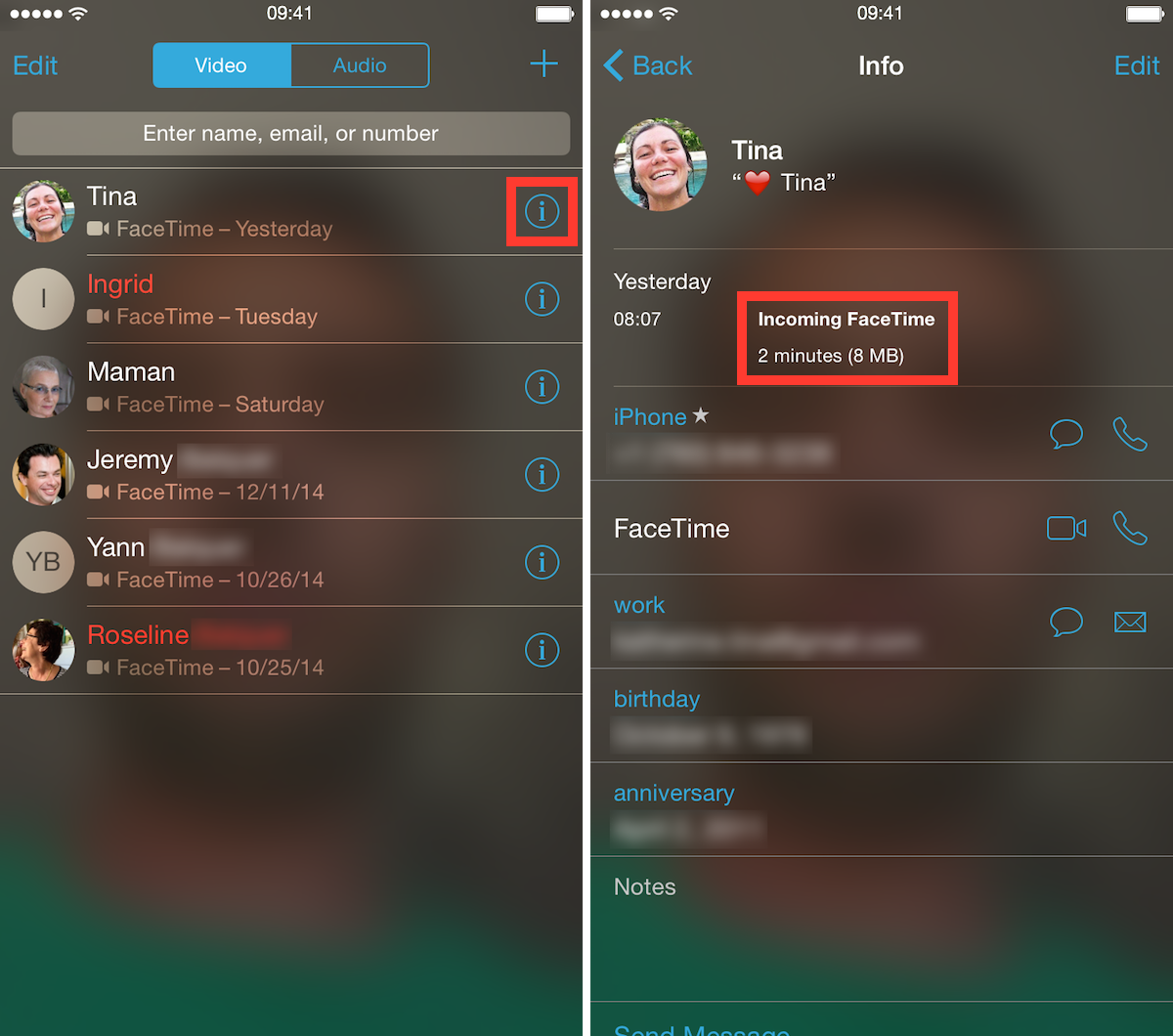

The log contains a vast amount of information, almost all of which is irrelevant to solving any particular problem. Paste into a reply to this message by pressing command-V. Copy them to the Clipboard by pressing the key combination command-C.

Select any messages that appear in the Console window. Then take one of the actions that you're having trouble with. Click the Clear Display icon in the toolbar. If you don't see that list, selectįrom the menu bar at the top of the screen. If it isn't, selectįrom the log list on the left. The title of the Console window should be All Messages. Click Utilities, then Console in the icon grid. The application is in the folder that opens. ☞ In the Finder, select Go ▹ Utilities from the menu bar, or press the key combination shift-command-U. Select it in the results (it should be at the top.) ☞ Enter the first few letters of its name into a Spotlight search. Launch the Console application in any of the following ways: Under Reset Home Directory Permissions and ACLs, click the Reset button Select your username from the menu labeled Select the user account if not already selected.

Select your startup volume ("Macintosh HD," unless you gave it a different name) if not already selected. The partial command you typed will automatically be completed to this:

When the OS X Utilities screen appears, selectįrom the menu bar. Take this step only if you have trouble with Step 1, if you prefer not to take it, or if it doesn't solve the problem. Wait for a new line ending in a dollar sign ($) to appear, then quit Terminal. The command may take several minutes to run, depending on how many files you have. If you see a message that your username "is not in the sudoers file," then you're not logged in as an administrator. If you don’t have a login password, you’ll need to set one before you can run the command. You may get a one-time warning to be careful. You'll be prompted for your login password, which won't be displayed when you type it. exec chflags -h nouchg,nouappnd,noschg,nosappnd + 2>&. If you have more than one user, and the one in question is not an administrator, then go to Step 2.Įnter the following command in the Terminal window in the same way as before (triple-click, copy, and paste): If none of this is meaningful to you, you don't need to worry about it, but you do need to follow the instructions below. Do so only after verifying that those settings didn't cause the problem. In that case, either stop here, or be prepared to recreate the settings if necessary. If you've intentionally set special values for those attributes, they will be reverted. This procedure will unlock those files and reset their ownership, permissions, and access controls to the default. Some of your user files (not system files) have incorrect permissions or are locked.


 0 kommentar(er)
0 kommentar(er)
